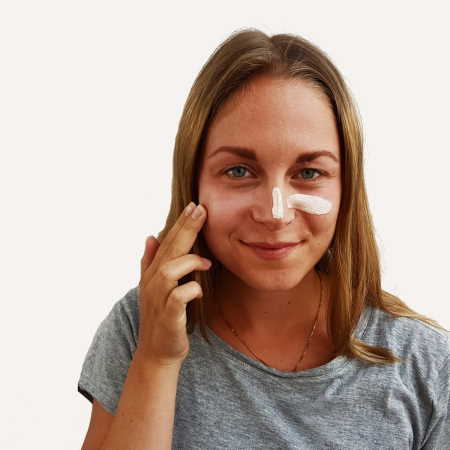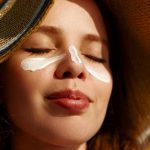Every day, rain or shine, you need to wear sunscreen to avoid both skin cancer and premature ageing. So what if you do not want to wear a sunscreen, even though you know that you should. Perhaps your sunscreen products have triggered breakouts in the past, irritated your skin or left an uncomfortable look or feeling. All these are valid concerns, but the remedy is not to remove your protection from the sun.
 Rather, it’s about discovering a formula that works with your type of skin as it protects against the subtle harm of unprotected sun exposure.
Rather, it’s about discovering a formula that works with your type of skin as it protects against the subtle harm of unprotected sun exposure.
The two types of ingredients in the sunscreen are natural and synthetic, and both are similarly safe. It is further reassuring that each can be used in formulae produced for each type of skin. Of starters, if you have normal to oily skin, weightless, non-greasy options are available; if you have normal to dry skin, SPF products can be found to be skin-smoothing, hydrating.
What’s the difference between mineral and chemical sun cream for holidays at the seaside?
The distinctions aren’t about which type is more effective; rather, it’s a matter of personal liking and how delicate your skin is — mineral sunscreens are the gentlest choices.
- Mineral sunscreens: Titanium dioxide and zinc oxide are two mineral sunscreen ingredients only. We work to both absorb and, to a lesser extent, block and disperse the harmful rays of the sun in the uppermost layers of skin. Sometimes these mineral constituents are called physical blockers or physical sunscreens, but this is not a true description of how they work.
- Synthetic sunscreens: There are more than 30 synthetic sunscreen ingredients, all of which accumulate in the top layers of the skin, where they function similar to mineral sunscreens.
 Interesting fact: Mineral sunscreen products are considered organic in the world of skin care but they aren’t. Mineral sunscreen products are actually inorganic chemicals in the modern world of science. Don’t let those words of marketing impact your decisions. Go through the pros and cons of mineral sea-safe sunscreens.
Interesting fact: Mineral sunscreen products are considered organic in the world of skin care but they aren’t. Mineral sunscreen products are actually inorganic chemicals in the modern world of science. Don’t let those words of marketing impact your decisions. Go through the pros and cons of mineral sea-safe sunscreens.
Which is safest sunscreen?
Like we said, you should be looking forward to applying everyday for the right sunscreen. This should be labeled SPF 30 or higher to have wide-spectrum protection to prevent damage from UVA and UVB rays killer from the sun. Besides that, you need to learn how your skin type reacts to various sunscreen ingredients and textures to make an educated choice: those that include natural active ingredients, synthetic active ingredients or a mixture of both.





































 Hi, I’m Nan, a Mississippi native, who left my career in corporate wealth management six years ago to embark on a summer of soul searching that would change the course of my life forever.
Hi, I’m Nan, a Mississippi native, who left my career in corporate wealth management six years ago to embark on a summer of soul searching that would change the course of my life forever.